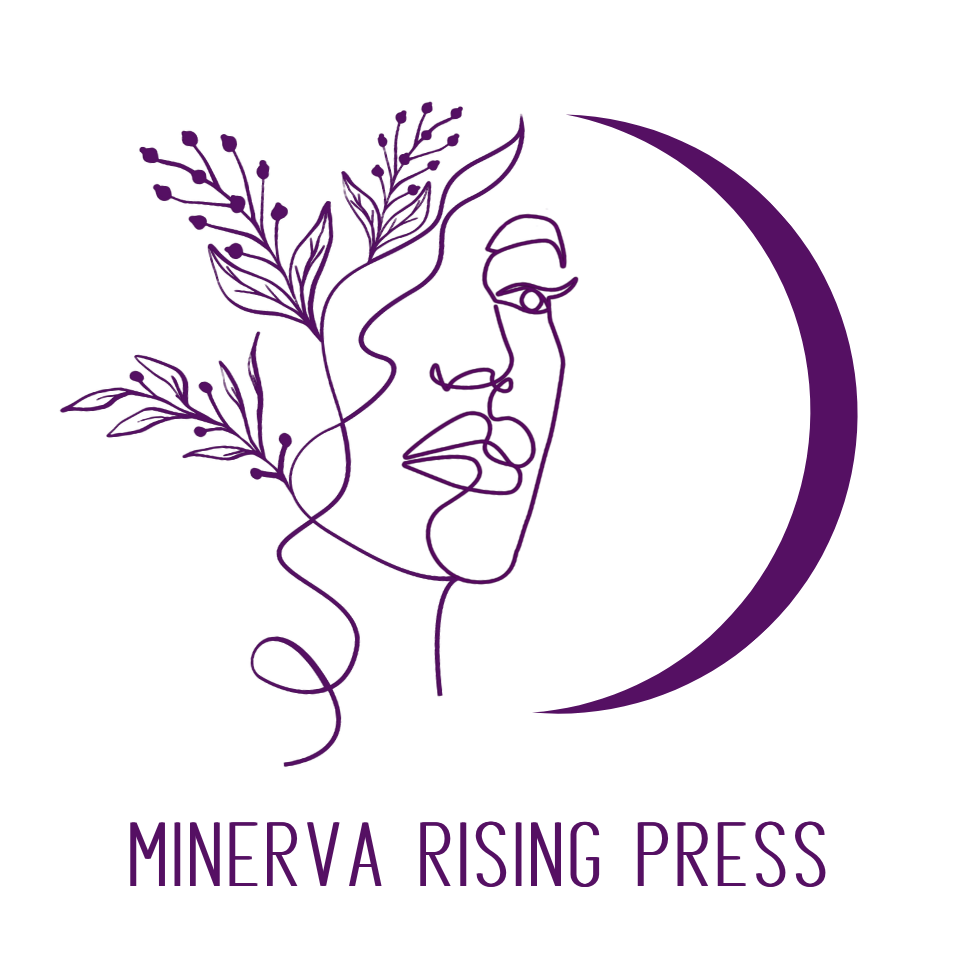I am not a huge fan of the epigraph. You know, those short pieces in italics set off to the right at the top of a poem or in a notes section, there to guide us obtuse readers into the mind of the poet before we get into the meat of the poem.
For one thing, the word epigraph vexes me. Whenever I want to write about epigraphs (as in, for this piece), I have to stop and sort out the difference between -graph, -gram, and -taph. I shoulda taken Latin way back when. But the real reason the epigraph is not my favorite device is that I want the poem to tell me everything that an epigraph alludes to. I want to learn, as the language and rhythms of the work wash over me, that this theme blossomed in the poet when she first read Rumi, or that the textures and patterns of the lines and stanzas are reminiscent of a woven Navajo blanket. I want to jump in to the heart of the poem, foregoing what is referred to in the biz as “poetic throat-clearing.”
I first heard this term in an editorial panel from some stuffed shirt with a husky voice and a jar full of red pens. Edit out all the throat-clearing, he said, and start your poem where it should start, at its jugular-exposed, most vulnerable, clear-through-to-the-heart-and-guts Starting Point.
Epigraphs and back story and stage-setting get in the way. Leave all that to the fiction writers. Ain’t no poet got time for that.
Oh, but we poets are fickle animals, aren’t we? What works in the abstract and polemical doesn’t always work on the page. And as much as I [used to] shy away from the epigraph, I am attracted like a bee to sweet tea in the summertime when it comes to a good prompt. Minerva Rising, incidentally, is your source for excellent prompts. We keep our Prompt Guru happy with chocolate and wine and whatever she asks and in return, she generates fodder for your poetic and prosaic pleasure. Like us on Facebook to become privy to a bevy of evocative material!
About a month ago, Madame Minerva issued a prompt inviting us poets to write about “our place in the family of things.” If you don’t know Mary Oliver’s poem “Wild Geese”, stop reading this toot sweet and go find a copy of it somewhere. I keep Oliver’s intimate promises and tender assurances with me wherever I go, but for a certain glorious five days in Paris last month, this particular poem resounded within me even more than it normally does.
In Paris of all places. Among the wide boulevards and the narrow side streets, the art galleries and sidewalk cafés and chic people drinking their vin rouge, there are no prairies or deep trees, but there is the river. The Seine, its turbid waters an anchor to both shores and a witness to all the rich history this city has to offer. We walked to the river every day, and at some point along the way, I remembered reading somewhere that the water that flows in the Seine is the same water that ran red with the blood of the victims of the Revolution. The city of today has done an excellent job of providing clean drinking water in municipal fountains. We filled our bottles and quenched our thirsts straight from the taps without reservation, but with each sip, I couldn’t get the notion out of my head that I was drinking the cells of Paris’ dead. That I was forming a connection to their souls, a connection to their beauty and their despair.
I couldn’t stop thinking about my own connection to water. My maiden name happens to be Waters, so water is literally Who I Am. When I came home from our trip, I sat down to try and capture this feeling of connectedness and, just as the prompt asked, to write about my place in the family of things. In my case, the family of waters.
And lo and behold, the poem that came spilling forth seemed screaming for -dun dun dunnn — an epigraph.
I tried to ignore its cries. Within the body of the poem, I tried to refer to Neruda’s “pure part of the abyss.” I tried to invoke a world offering itself to my imagination. I even tried to describe my fascination with the ritual of placing fig orchards outside cemeteries in Israel. I wanted to include my wonderings about how all those saplings were watered, about the nutrients they pulled from the rich soil. I wished I could tie in fig trees’ connection to my own past. But the poem stopped at 26 lines, declared itself to be full up in its own essence, and refused me any more room to elaborate on the themes I had only touched on. What’s a poet to do?
Sometimes we have to make friends with our enemies, right? So I offer you this poem, multiple epigraphs intact. That’s right, she said multiple. Go big or go home, right? I just decided there was too much here that I didn’t want you to miss. I began to think of epigraphs as suckerfish, cleaning the glass on the front of an aquarium full of lovely tropical fish. Without the awkward, sorta funky-looking guy, his mouth wide open and suctioned to the tank, we wouldn’t have a crystal clear window through which to see the bright colors swimming within, their bodies darting, their fins swishing in their tranquil, watery world.
What do you think? Could this poem have been improved by delving into the details and fleshing them out in the body of the work? Are the epigraphs and notes necessary or superfluous? Do outside references enhance a poem or render it less accessible? How do you handle this in your own writing? Feel free to comment in the section below.
The Water We Drank
“And I, tiny being,
drunk with the great starry
void,
likeness, image of
mystery,
felt myself a pure part
of the abyss,
I wheeled with the stars.
My heart broke loose with the wind.”
-Pablo Neruda, on being asked what he felt
when he wrote his first line of poetry
“the world offers itself to your imagination,
calls to you like the wild geese, harsh and exciting –
over and over announcing your place
in the family of things.”
from “Wild Geese” by Mary Oliver
The water that flows in the Seine is the same water that received the blood of the victims of the Revolution in 1789. Paris water has been washing clean her own martyred sinners for 215 years running.
Figuier is french for fig tree. In Israel, fig trees are planted next to cemeteries to give mourners something to eat. The poet attended university classes in southern France in a restored convent on Rue des Figuiers (Fig Tree Street).
Behind my childhood home, a rivulet, but infinite in the way that
boundaries are infinite, God-sized and impermeable,
separating us from the hemming woods that beckon from both sides.
Over floods of years, I have lived a candle’s distance from water —
a pond where we caught brim, a rushing creek where float late fallen apples,
the sea, for a week in glorious summer, feeling useless and alive against its bearing.
Yesterday, I broke away from sleep, breathing in my watery veil, gasping:
I have bathed in every cell of water where every living thing has grown since Adam’s idea of watering his horses.
I have slipped in between the claws of crawdads and crawled
under the dam that holds the bowl that, broken loose, releases all the storms.
And trees’ water and owls’ water; did you know that birds’ bones are hollow,
but what is hollow made of? Echo. Breath. Oxygen. Also,
what we hold in our hands frictioned together in prayer,
our liquid thoughts. Our restive quiescence.
Something there is that blames the water for the thirst,
the absence for the longing, the aspiring grasp for the low-slung stoop,
the skin for its separation.
Something there is that impels a body to lap from the well of the question,
rather than swallow the answer.
And this is the font from which we drank:
the river of Paris that cleanses her victims’ sins,
orchards of figuiers, fed by the dead of Israel.
We imbibed of every tributary, twig thin or oceanic,
each one an umbilicus to a beating, urgent purity,
some gustless wind, some hungry longing to belong.




I do enjoy epigraphs although I bow to the tradition of limiting them, I have always found them helpful, intriguing, satisfying. I think of them as akin to the setting of a jewel–the stone is the thing, but both make up the ring!